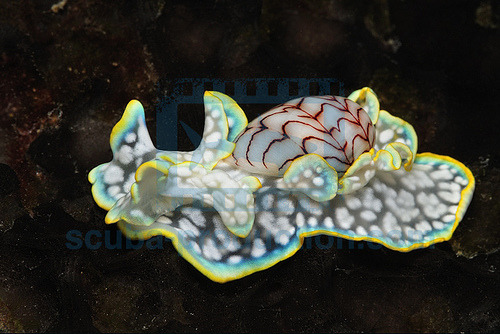Trump’s War On Science Continues
Trump’s War on Science continues

More Posts from Simplyphytoplankton and Others

From walking around Lake Louise, Alberta.

- Shadows of the ocean.🐋 Photo: @itookthisphotograph #oceanfilmtour #oceanlovers #underwaterphoto #whale #oceanlife #marinelife #ocean

Phytoplankton: An overview of the small, plant-like organisms that make the world go round.
http://becausephytoplankton.blogspot.com/2017/11/what-are-phytoplankton.html?spref=tw
Image Credit: NASA/Goddard/Aqua/MODIS via Flickr


Annual Arctic sea ice minimum, 1979-2016

To post about the miniature melo (Micromelo undatus) may seem a bit odd, as it is not a nudibranch but a closely-related sea snail! Its thinly-calcified shell is easily seen covering half of its back and is patterned with dazzling brown-red lines, a stark contrast to the blue, white-spotted body below. It lives in many tropic waters, whether that be Japan or Florida, and reaches about 3cm in length. It eats polychaete worms, and uses their toxins as its own.

For two years, the Bering Sea has been largely without winter ice, a development scientists modeling the warming impacts of greenhouse-gas pollution from fossil fuels once forecast would not occur until 2050.
This ice provided a giant platform for growing algae at the base of the food chain, and has been a significant contributor to the remarkable productivity of a body of water, stretching from Alaska to northeast Russia, that sustains some of the biggest fisheries on the planet.

This impending issue has been known for some time. I believe it has a role in the resurgence of nationalism, immigration debates, and isolationism in certain countries - a bit of preemptive door slamming…
143 Million People May Soon Become Climate Migrants, World Bank Warns
Climate change will transform more than 143 million people into “climate migrants” escaping crop failure, water scarcity, and sea-level rise, a new World Bank report concludes.
Most of this population shift will take place in Sub-Saharan Africa, South Asia, and Latin America—three “hot spots” that represent 55 percent of the developing world’s populations.
This worst-case scenario is part of a ground-breaking study focused on the impacts of slow-onset climate, as opposed to more visibly dramatic events such as extreme storms and flooding. The report, Groundswell—Preparing for Internal Climate Migration, also shifts the focus from cross-border migration, which has drawn global attention as refugees and migrants flee war, poverty and oppression, to in-country migration, which involves many more millions of people on the move in search of viable places to live. The 143 million represent 2.8 percent of the three regions’ population.
-
 boudicca-of-iceni liked this · 2 weeks ago
boudicca-of-iceni liked this · 2 weeks ago -
 ididitforthedogs reblogged this · 2 weeks ago
ididitforthedogs reblogged this · 2 weeks ago -
 pinkpeachesandcream liked this · 2 weeks ago
pinkpeachesandcream liked this · 2 weeks ago -
 delirium1995 liked this · 2 weeks ago
delirium1995 liked this · 2 weeks ago -
 simplyphytoplankton reblogged this · 2 weeks ago
simplyphytoplankton reblogged this · 2 weeks ago

Blog dedicted to phytoplankton. Phytoplankton are microscopic organisms that are responsible for half of the photosynthesis that occurs on Earth. Oh, and they look like art... Follow to learn more about these amazing litter critters! Caution: Will share other ocean science posts!Run by an oceanographer and phytoplankton expert. Currently a postdoctoral researcher.Profile image: False Colored SEM image of Emiliania huxleyi, a coccolithophore, and the subject of my doctoral work. Credit: Steve Gschmeissner/ Science Photo Library/ Getty ImagesHeader image: Satellite image of a phytoplankton bloom off the Alaskan Coast, in the Chukchi SeaCredit: NASA image by Norman Kuring/NASA's Ocean Color Web https://earthobservatory.nasa.gov/images/92412/churning-in-the-chukchi-sea
158 posts